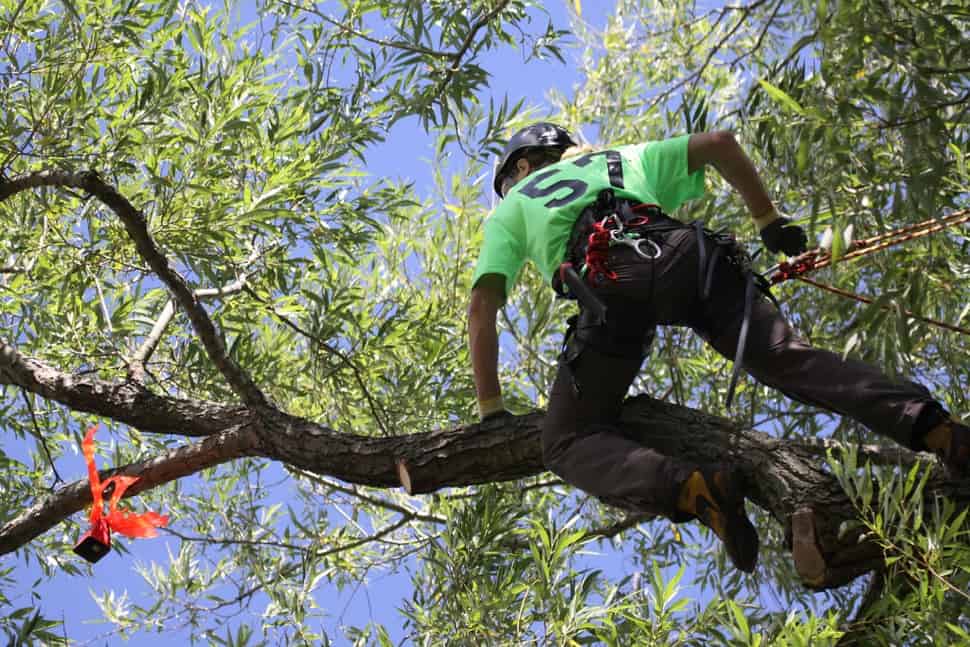With summer here, Torontonians can enjoy the season’s many delights — picnics, beach volleyball, mid-morning mimosas, and that most underappreciated of summer sports: tree climbing.
Long considered a niche activity for children and professional arborists, competitive tree climbing has recently grown in popularity, with regional, national, and international climbing contests held annually around the globe.
Hamilton arborist Krista Strating, winner of the 2014 North American Tree Climbing Championship, describes the sport as like childhood tree climbing, only “on steroids.”
She’s not far off in her description: using a special harness and rope, Strating can climb a 60-foot tree in less than a minute.
For the more casual climbing enthusiast, here is a beginner’s guide to climbing trees in Toronto:
Where to climb
– Be careful where you climb in Toronto: there are several bylaws prohibiting climbing in public places such as parks and squares, as well as street posts and trees. In 2013, Toronto resident Dylan Deziel sustained an injury after a police officer arrested him for climbing a tree in Kensington Market’s Bellevue Square Park.
– Your best bet is to practice tree climbing on private property; if this option is unavailable, then it may be prudent to go climbing with a friend who runs slower than you do.
Preparations and safety
– Be sure to warm up, stretch, and hydrate before you climb. Remember, tree climbing can be physically demanding, and it’s important to properly prepare yourself before beginning your climb.
– When choosing a tree to climb, look for a full-grown, sturdy tree with big branches that will support your weight. Avoid young trees, or trees with branches that look dry or as if they are rotting.
– Don’t feel the need to climb all the way to the top of a tree. Some trees become very unstable at tall heights, and may not be able to safely support your weight.
Climbing techniques
– Start your climb by finding a sturdy foothold. This may come in the form of a knot, a hole in the bark, or a smaller branch. If there aren’t any footholds, be ready to jump!
– Don’t just use your arms to climb up the tree — using your core and legs to move from branch to branch will make your climb much easier.
– Descend slowly and carefully, and always make sure you have a stable position before taking the next step down.


